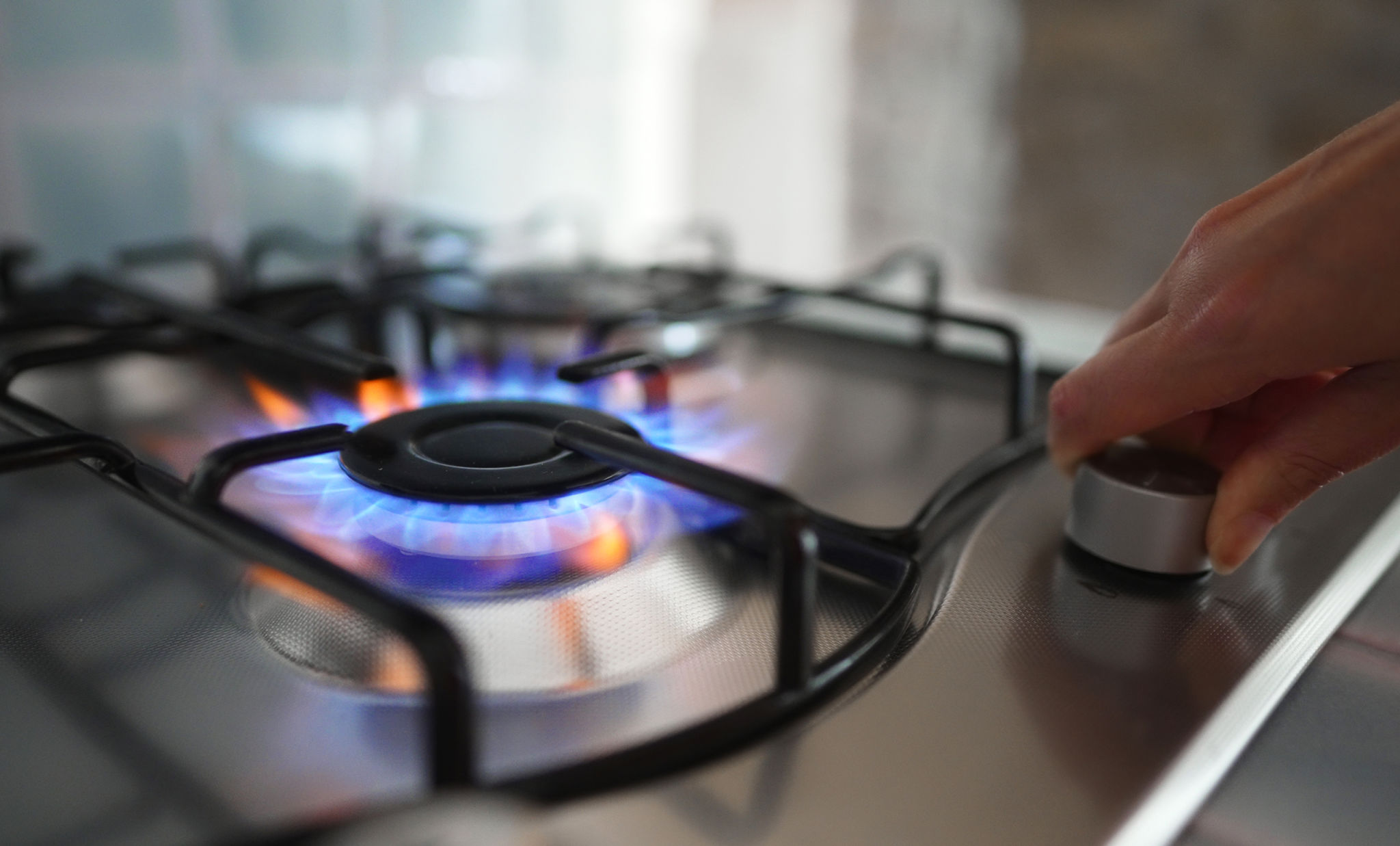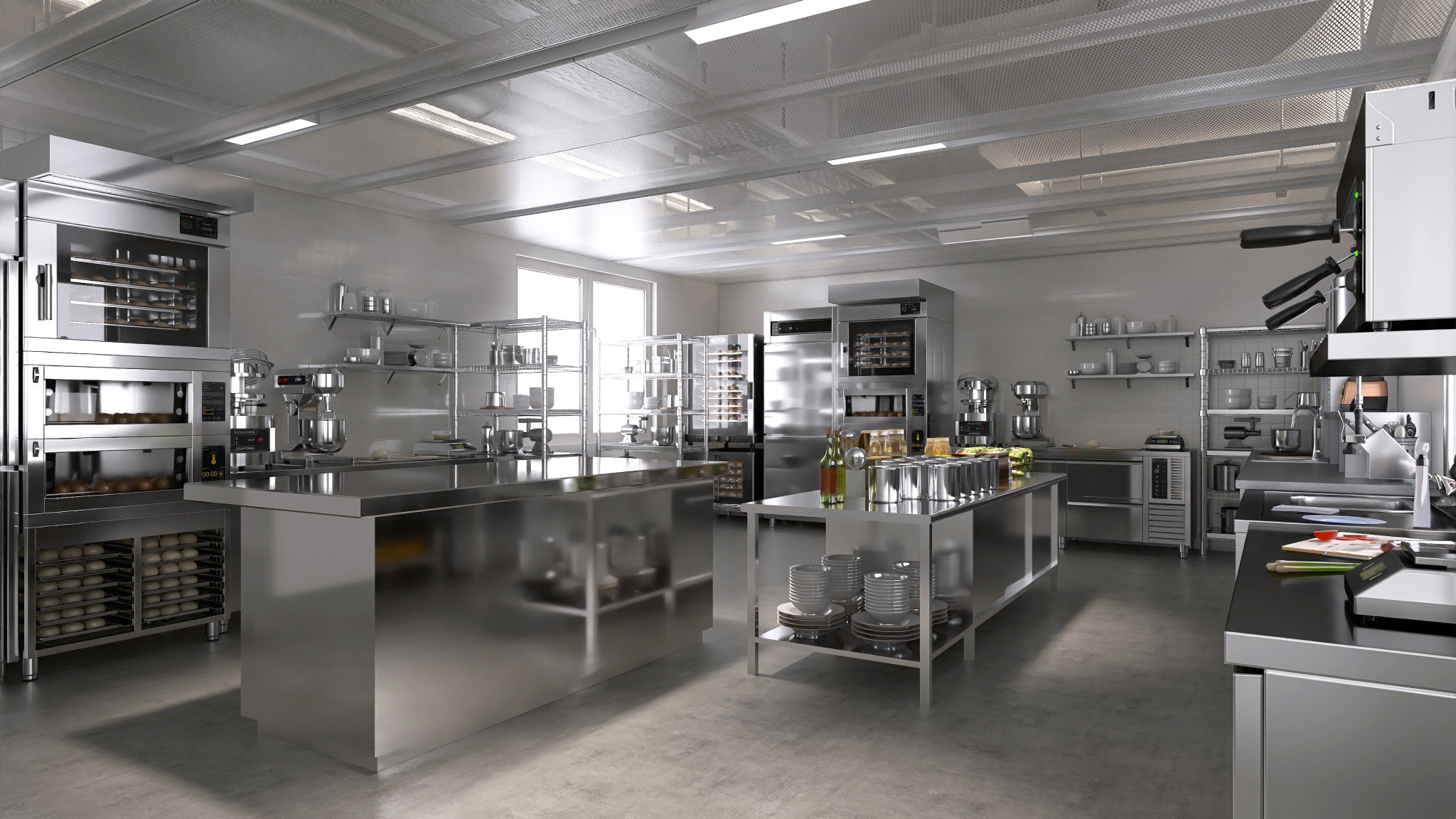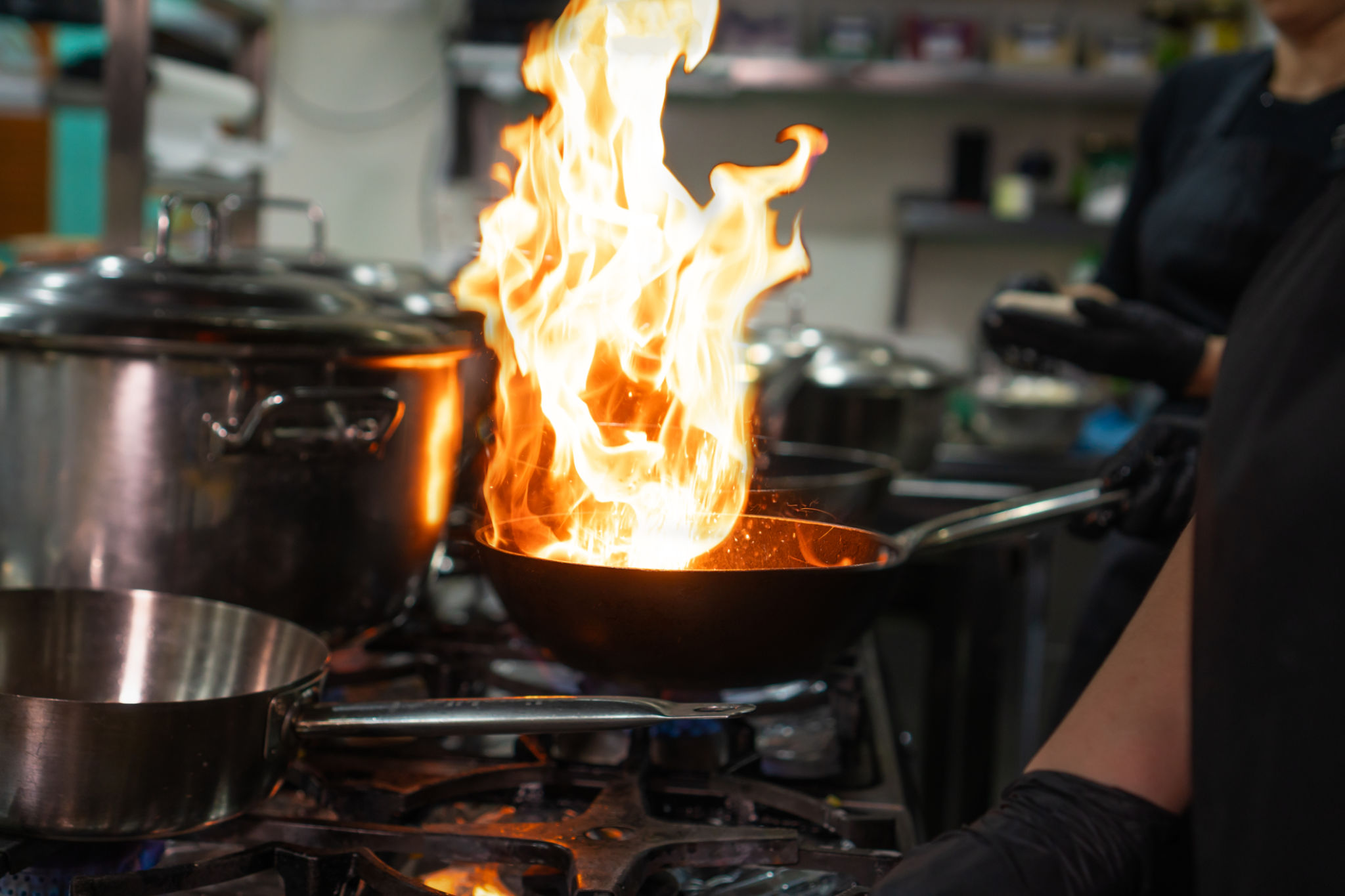Case Study: How Regular Kitchen Hood Cleaning Improved Safety at a Nocatee Restaurant
Introduction
Ensuring a safe and clean environment in a restaurant kitchen is crucial not only for the health of patrons but also for the safety of the staff. One often-overlooked aspect of kitchen maintenance is regular hood cleaning. This case study explores how a Nocatee restaurant improved its safety and efficiency through consistent kitchen hood cleaning practices.
The Initial Challenge
The restaurant in question was facing frequent issues with smoke and grease build-up, which not only posed a fire hazard but also affected the overall air quality in the kitchen. The staff reported increased instances of respiratory discomfort, and there was a growing concern about compliance with health and safety regulations.
Impact on Operations
Grease accumulation in kitchen hoods can significantly impede the efficiency of exhaust systems. As a result, the restaurant experienced an increase in maintenance costs and downtime due to frequent breakdowns. This situation was unsustainable, prompting the management to seek a long-term solution.

Implementing Regular Hood Cleaning
Recognizing the severity of the issue, the restaurant partnered with a professional cleaning service to initiate a regular hood cleaning schedule. This involved thorough cleaning of exhaust systems, filters, and ductwork to ensure optimal performance and safety.
The Cleaning Process
The cleaning process included several key steps:
- Inspection of exhaust systems for grease build-up and damage.
- Removal and cleaning of filters and other detachable components.
- Deep cleaning of hoods, ducts, and fans to remove all grease residue.
- Final inspection to ensure all components are functioning correctly.
Results and Benefits
The regular cleaning schedule resulted in numerous benefits for the restaurant. Firstly, there was a noticeable improvement in air quality, leading to a healthier environment for both staff and customers. The risk of grease fires was significantly reduced, enhancing overall safety.

Cost Savings
By preventing grease build-up, the restaurant saw a decrease in maintenance costs associated with repairs and part replacements. Furthermore, energy consumption was reduced as the exhaust systems operated more efficiently, leading to additional cost savings.
Enhanced Compliance and Reputation
Regular hood cleaning also ensured compliance with local health and safety standards. The restaurant passed inspections with ease, avoiding potential fines or forced closures. Additionally, maintaining high hygiene standards contributed positively to the restaurant's reputation, attracting more customers.
Conclusion
This case study highlights the importance of regular kitchen hood cleaning as a critical component of restaurant maintenance. By investing in this essential service, the Nocatee restaurant not only improved safety but also enhanced operational efficiency and cost-effectiveness.

